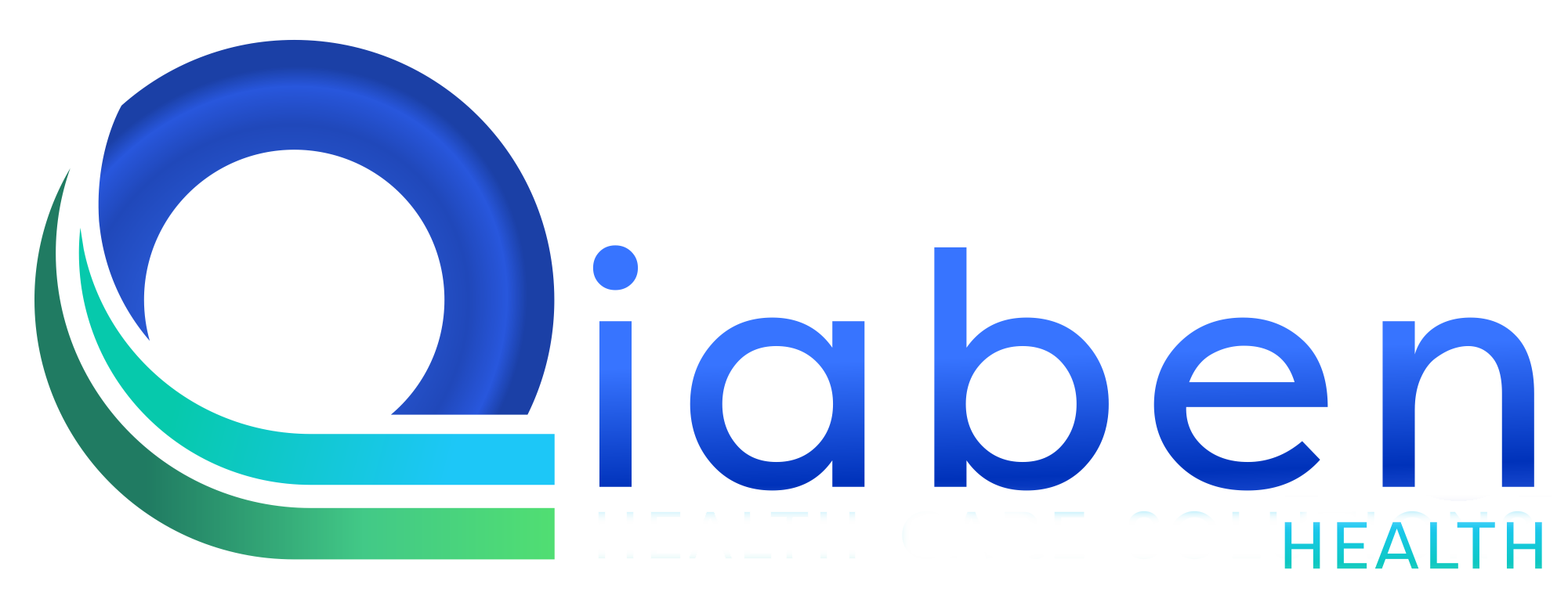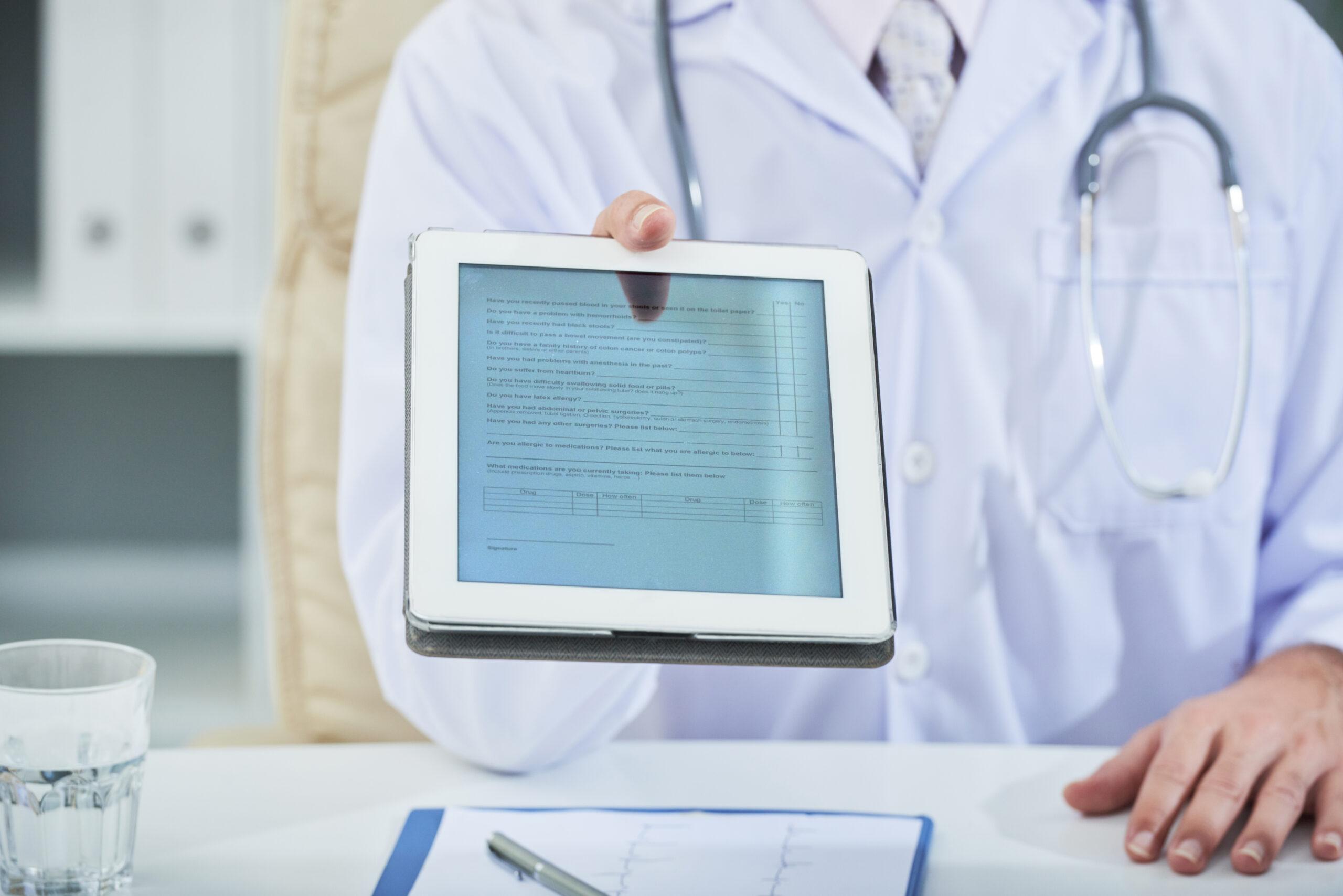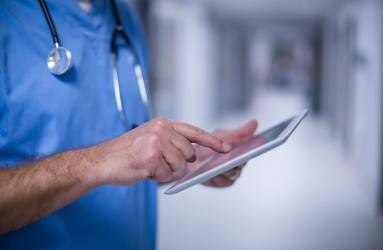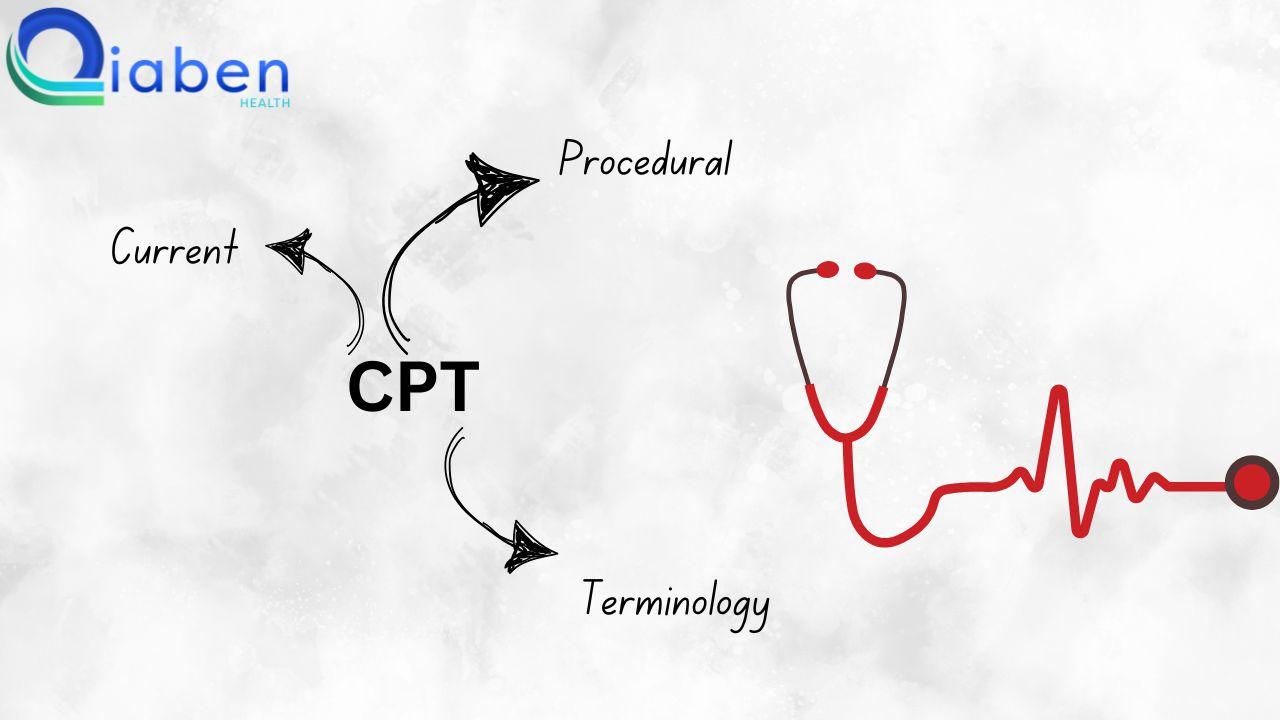Uniting electronic health records (EHR) and medical billing platforms is making medicine more efficient. It reduces physicians’ and clerks’ error rates, shortens billing turnaround times, and enhances patient experiences. With the industry continually evolving, medical care providers must explore how these components can streamline work and enhance procedures.
Streamlined Operations and Enhanced Efficiency
When EHR systems are integrated with billing, all is well. Rather than wasting hours on paperwork, administrative work is automated, and time and effort are saved. Doctors and staff have more time to focus on patients rather than being bogged down with data entry. Since both systems are integrated, there is no need to double-enter information, which makes records more accurate and easier to retrieve when required.
Improved Accuracy in Billing Processes
Billing correctly is vital in healthcare. EHR integrated with billing systems reduces errors commonly associated with manual entry. As patient information transfers directly from the medical record to billing, errors are less likely. Up-to-date and correct information also makes insurance claims more accurate, which results in fewer rejections and faster payments.
Faster Claim Submission and Reimbursement
For a medical practice, consistent cash flow is vital. An integrated electronic health record system speeds up the billing function by populating patient information automatically, reducing labor. This hastens approval of claims and prompt payment. With less downtime, medical practitioners are able to maintain their finances at a stable level and devote more time to curing patients rather than payment processing.
Higher Patient Satisfaction Levels
Happy patients are a major aspect of good-quality healthcare. If EHR and billing systems complement each other, it makes payment simpler for them. They can view their bills online, get detailed charges, and pay them without inconvenience. This degree of convenience enhances trust and makes them more in control of their healthcare costs, which results in a better overall experience.
Enhanced Compliance with Regulations
It can be difficult for providers to keep up with evolving healthcare regulations. A combined EHR and billing solution streamlines compliance by automating coding and immediately verifying insurance coverage. It also flags potential issues in advance to prevent errors and avoid expensive penalties.
Reduction in Administrative Costs
The merging of EHR and billing systems results in significant cost savings for healthcare organizations. With the automation of most administrative processes, practices are able to minimize staffing requirements and reduce overtime expenditures. In addition, the removal of paper-based processes lowers printing and storage costs. Such cost savings can be reallocated towards improving patient care services or new technology investments.
Real-Time Access to Patient Information
Immediate access to full patient records is critical to healthcare professionals. With integrated systems, personnel are able to immediately call up patient information and history while processing billing. This accelerates claim handling, eliminates delays, and improves operations.
Empowering Healthcare Providers
Becoming a part of billing systems, EHR empowers healthcare practitioners with the proper tools to make informed decisions. With real-time data at their fingertips, they can enhance patient care and money management. This results in improved outcomes for both patients and healthcare practices.
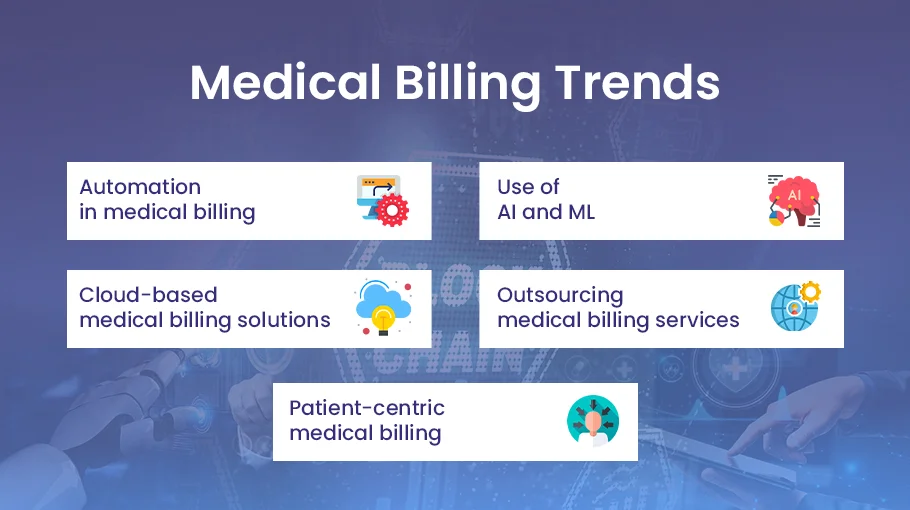
Future Trends in EHR and Billing Integration
EHR and billing systems are transforming, introducing new trends to the healthcare sector:
1.Intelligent Billing with AI
AI assists in detecting errors prior to sending claims, minimizing errors and accelerating approvals.
2.Telehealth Billing Simplified
With virtual care increasing, billing systems are accommodating online appointments seamlessly.
3.Secure Cloud Storage
Increasingly, providers are employing cloud technology to store records safely while maintaining access ease.
These developments are making medical billing quicker, more efficient and easier for both the patients and the healthcare providers.
Conclusion
The implementation of EHR within medical billing software is the biggest difference one can make for a healthcare practice to run smoother. It boosts efficiency and time saved and also improves patient care overall. The future will involve the utilization of these upgrades to stay at the top by those providers wishing to provide their best work.
For healthcare organizations, the implementation of integrated systems can make operations more streamlined while providing patients with the best possible care. This method enhances financial stability, fosters stronger patient relationships, and helps to create a healthier community as a whole.

